Shopping Basket
Total: Subtotal: £19.98
(Delivery will be calculated on checkout.)
Explore resources to learn about shapes and geometry.
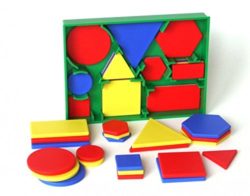
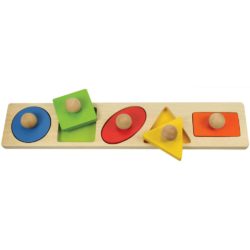

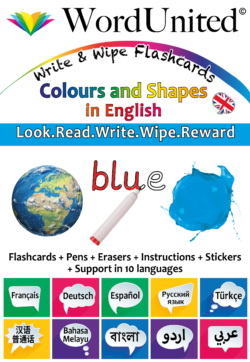

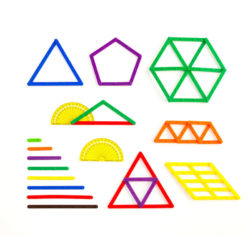

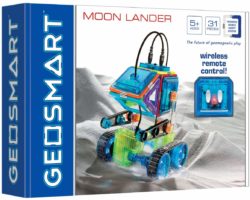

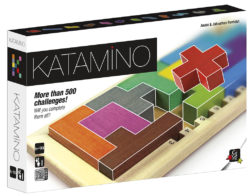

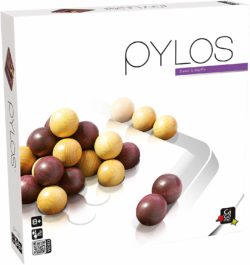

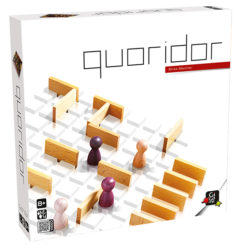

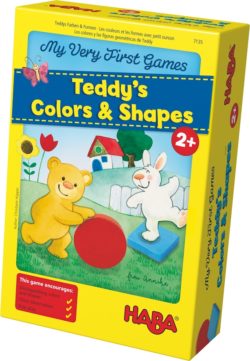

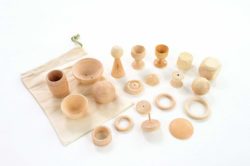

Young children naturally use mathematics in their play and daily activities. Shapes, space, and geometry are some of the exciting primary resources maths concepts that you can teach young children. Kids learn these ideas most effectively through active engagement with shape toyssuch as attribute blocks, wooden shape puzzles, numeracy toys, drawings, and most importantly, older people around them.
Shape books for toddlers help them to recognise and name different shapes, and shape toys are a great way to teach them how plane shapes relate to 3-dimensional shapes and space.
An easy way to start building children’s knowledge of shapes is to point out all the shapes around you. You can start by helping them identify the shapes of everyday objects, such as plates or the windows and pictures in shape books for toddlers. Naming the shapes that children see in their environment is a vital part of their learning process as it enables them to identify these shapes in a variety of contexts.
Parents should always keep in mind that shape activities for toddlersdo not necessarily indicate a child’s aptitude in primary resources maths. On the contrary, they are opportunities for children to play with toys that develop their logical, creative, and critical thinking. Every child has a different level of development on the continuum of math learning. The role of shape toysis, therefore, to help encourage children to feel capable and not feel inadequate or left out.
When you have shown them the names of different shapes, the next stage is to develop children’s visual memory shapes and geometry. You can use flashcards to play a variation of the hiding game, and show a child a very simple image, such as a line drawing, for only two or three seconds, then mix the several shapes and let them find the one that you showed. You can use more complicated pictures as your child’s ability improves.
Shape sorter toys are made of a container with indented or hollow slots in which a similarly shaped piece fits. When kids try to figure out how each part fits into its proper hole, they learn to categorize and eventually name shapes. The baby shape sorter toys will teach your toddler the concept of cause and effect (When they push a particular shape into a similarly shaped hole, it falls into the sorter) and object permanence (When they discover that they can take the shapes out again).
Your toddler might try to poke the pieces through a first randomly. You may need to show them how the shapes fit into the holes. They will gradually get the concept and eventually do it easily on their own. You can provide a challenge for older kids by having them time themselves and work on improving their speed. Wooden shape sortersare usually cubic or rectangular containers with several planes for sorting. These extra planes enable wooden shape sortersto have space for more shapes, and, thus, become more challenging for older kids who have already mastered easier shape sorters.
Preschool-age children’s fundamental knowledge of shapes, space, and geometry usually surpasses their primary resources maths skills. By building on these strengths, parents can nurture their kids interest in mathematics. Children learn very early to make mental images of objects that they interact with every day. For example, a child may try to imagine how many blocks can fit into their pockets. They can then count and see how close they were.
Blocks provide young children with an opportunity to learn about geometry through play. Children can be able to work with objects that have predictable similarities and connections. This inspires kids to create basic patterns and structures that help them learn about height, area, and volume. You can use this opportunity to use sorting toys that enhance your child’s spatial vocabulary, with words such as “above,” “over,” and “behind”.
To teach children about perspective, you can take some photographs of your house from various angles and challenge children to find the view from which you took each picture. Outdoor activities such as treasure hunts can also help children can practise following directions and clues.
Another exciting game to help kids learn to map and navigate their surroundings is “where are we”. Have your children draw and cut-out shapes of items in their play area. You can have them lay out the shapes on the floor to make a simple map of the play area. You can then discuss with your kids how moving an item, such as a couch, would change the map layout. Let them cut-out shapes of themselves and encourage them to place them on the map near the place they most like to play.